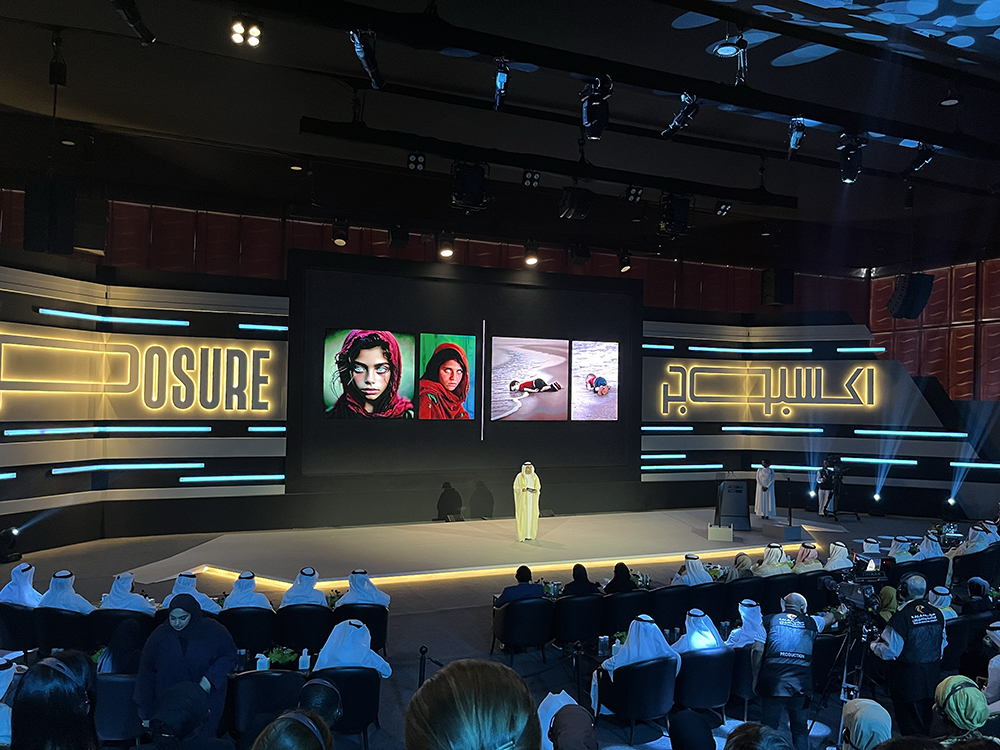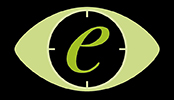It seems that ever time I go on the internet someone is trying to tell me or sell me AI that will apparently solve every problem in my life. For photographers this can be particularly galling as AI seeks to replace the market for our images.
Whilst it’s annoying, and it’s the same for all the other creatives professions such as music and writing, is AI really an answer to make our life easy or just to shortcut to the mediocre?
The AI Machine
We probably all find it extremely irritating that all our images are being scraped from website and social media to train the AI machine. Even more so when governments seek to legitimise this without either recognition or compensation. Whatever happened to copyright? Sadly the world currently lacks the bravery to stand up to the, mostly American, big business which are the main culprits doing this.

I recently went to the Xposure Festival of Photography in Sharjah. In the opening presentation, the AI version of two famous photographs were contrasted with the originals. It was very interesting to see, and see them side by side. It clearly illustrated that AI has a long way to go before it competes on the same level as a genuine photographs created using human-intelligence (HI).
Next to the originals, an AI recreation of Steve McCurry’s Afghan girl image and the press shot of the young refugee who drowned and was found on the beach. The difference is obvious.
What makes an image stand out?
I see tens of thousands of images every year and have done for a very long time. I also have a good memory for photographs. I find it frustrating when the same images get recycled on social media and in photography competitions. So many of these photographs lack something which is a passion of mine. To my eye, AI-generated images lack the same thing – soul. The power to engage with us as human beings on s deeper level.
Soul is something which evokes an emotional response. With people shots, that translates as humanity, an engagement with the subject. To many portraits are just yet another centrally placed headshot of someone who, at best, looks like they are tolerating the photographer, not engaging with them. With other subjects, images should transports you somewhere else, but not just anywhere. Somewhere tangible which you can feel or taste or smell or imagine yourself there. They should immerse you and envelope you.
When I look at AI-generated images, do they make me feel like that? No. None have so far. They tend to be cold or clinical, when they aren’t reminding me of a 1980s album cover! Generated rather than created. In image quality terms, it’s analogous to digital images when the sensors first reached a good standard. Good quality but rather cold, metallic and overly-defined. One of the reasons why some photographers are still wedded to film is the subtlety and imperfection which it offers. Imperfection is human.
The difference between AI and HI
So what’s my point? Well, AI is developing fast and for mundane tasks in life it can save a lot of time. In photography, it lacks the human touch and vision. It can do an ‘OK’ job compared to point and shoot photography, but that is photography where the camera does almost all the work. It is simply recording what it sees.
The very nature of an AI-generated image is that it comes from what’s been programmed in and then described in words to put together a picture. A human-generated image is more nuanced, drawn from three very important elements – pre-visualisation, vision and experience. They are not just drawn from a technical understanding of the photographic process, but from a thinking interaction with subject as well. When we make a creative image, it isn’t just the product of zeros and ones.
Fear
Should we fear AI? That depends on your photography and how you create your images. If what you do is based on your creativity in-camera and your mastery of light and time, then I see no reason why you should. Not for the foreseeable future at least. If you have a much more ‘fix it in post-production’ approach then you are playing into the hands of AI and yes, maybe you should be worried… or change!
Who creates AI? Is it creative people or more analytical computer technicians, albeit sometimes working with creative images. Creating and understanding the creative process are two different things. The best images are made in our imaginations. The challenge is then to translate that vision into an image. They happen when we use the right equipment, especially the lens, in the right place at the right time, then merge light and time using camera setting to capture our vision. AI doesn’t have that part of the process and probably never will. It still has to be ‘generated’ by core elements introduced by human beings and if those human beings aren’t naturally creative, then it will always miss something. If they are visually creative then why would they be programming AI.
Is the future zeros and ones?
For now, you can park the fear and help creative people by not giving AI the opportunity to learn from you. At least until we know there will be some acknowledgment of, and compensation for, our creative input, and copyright is respected. It’s in our hands. Maybe one day human creativity will be obsolete… but not yet and not by a long way.
If that day ever comes then being a photographer, writer, musician or other creative person, will be the least of our worries as human beings.
Read other Photomouth opinion pieces on Eye for the Light

